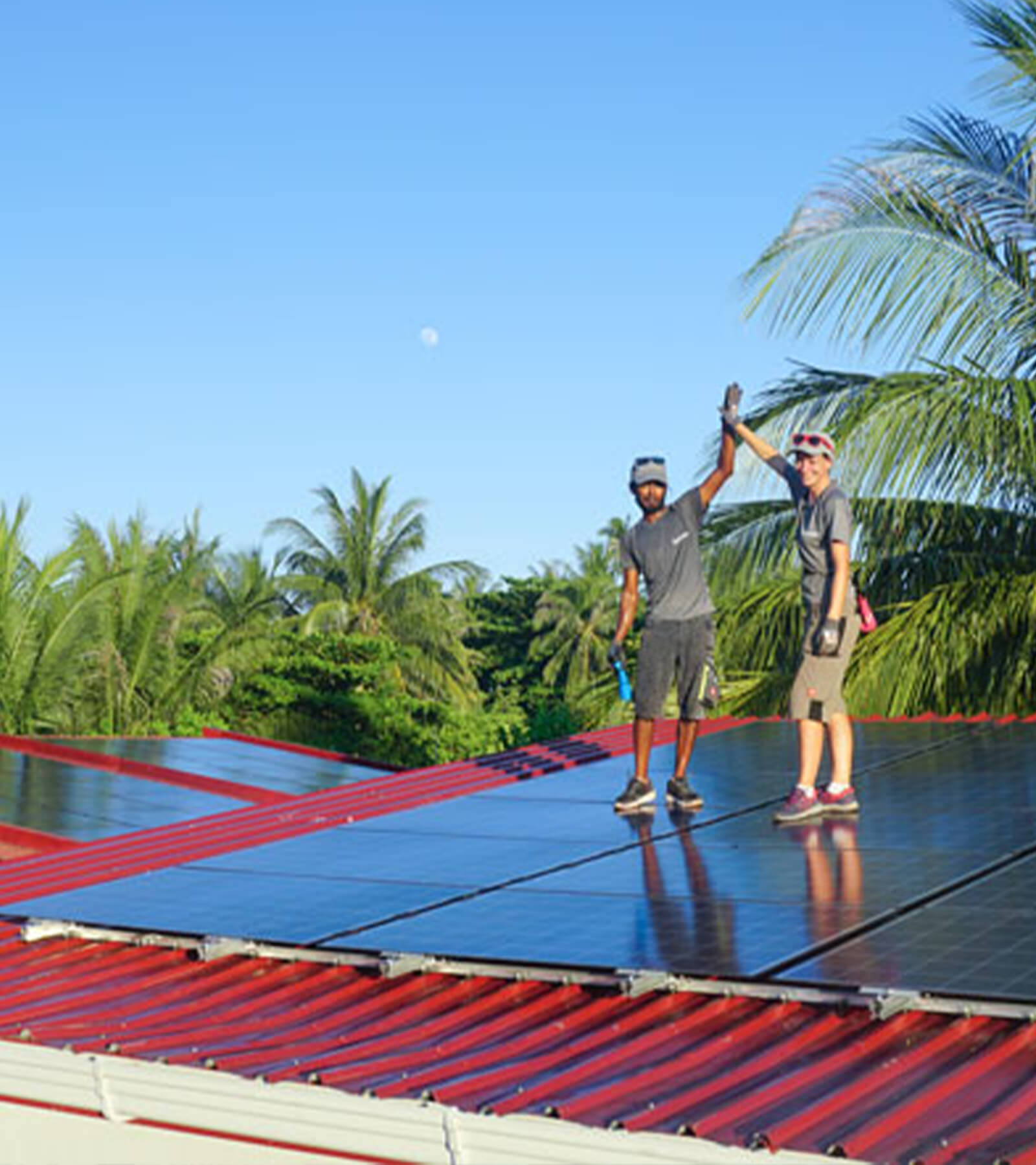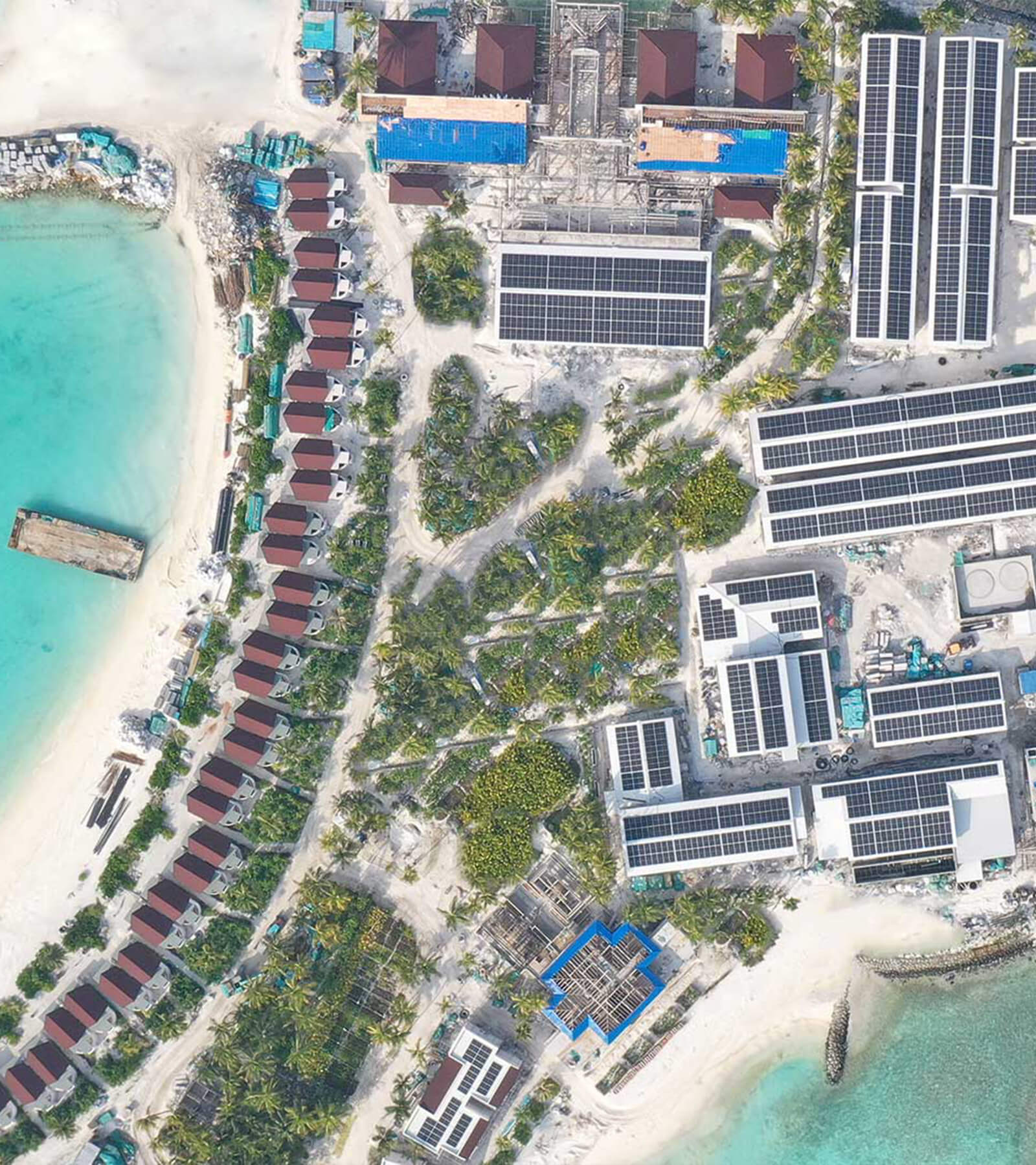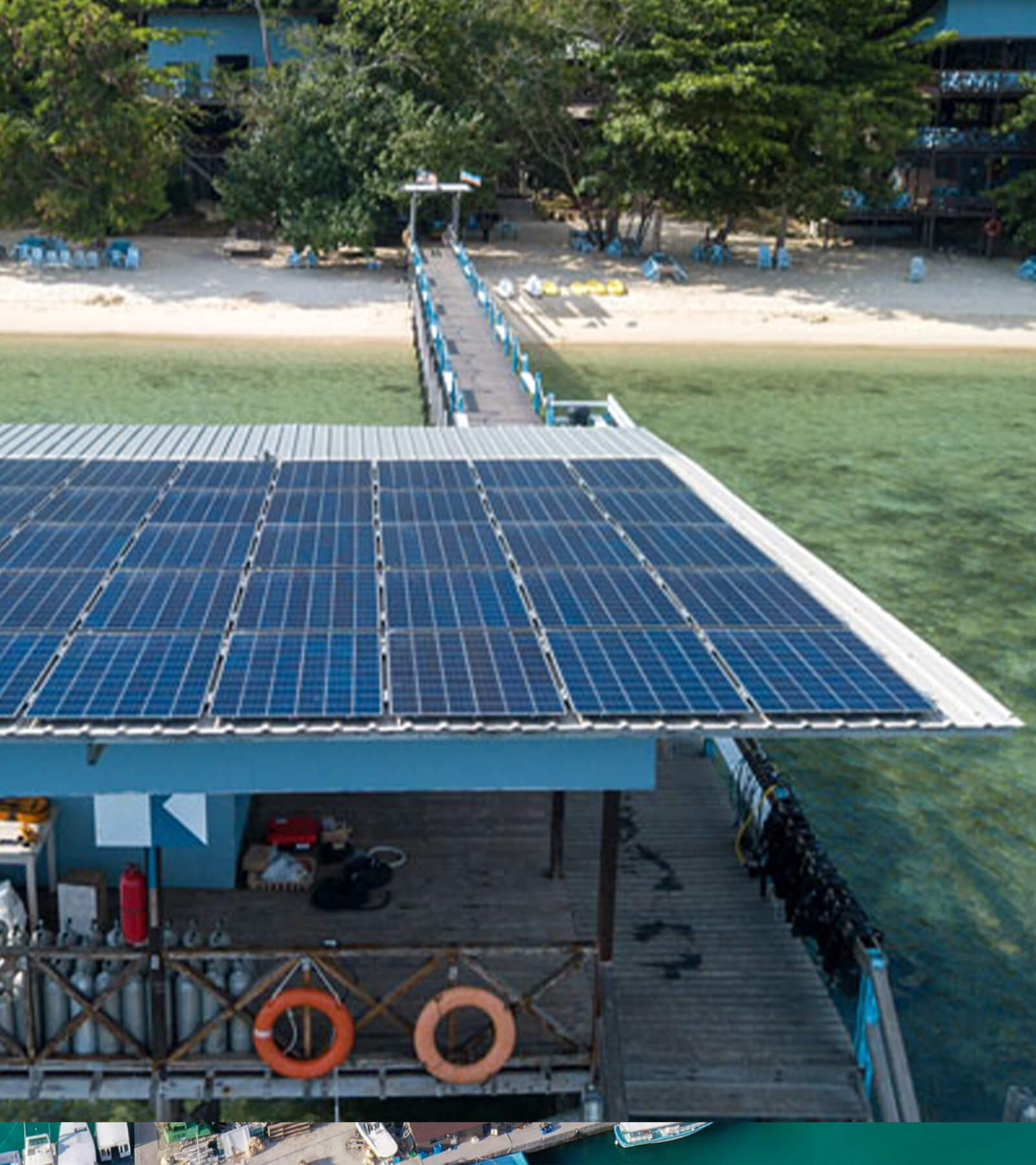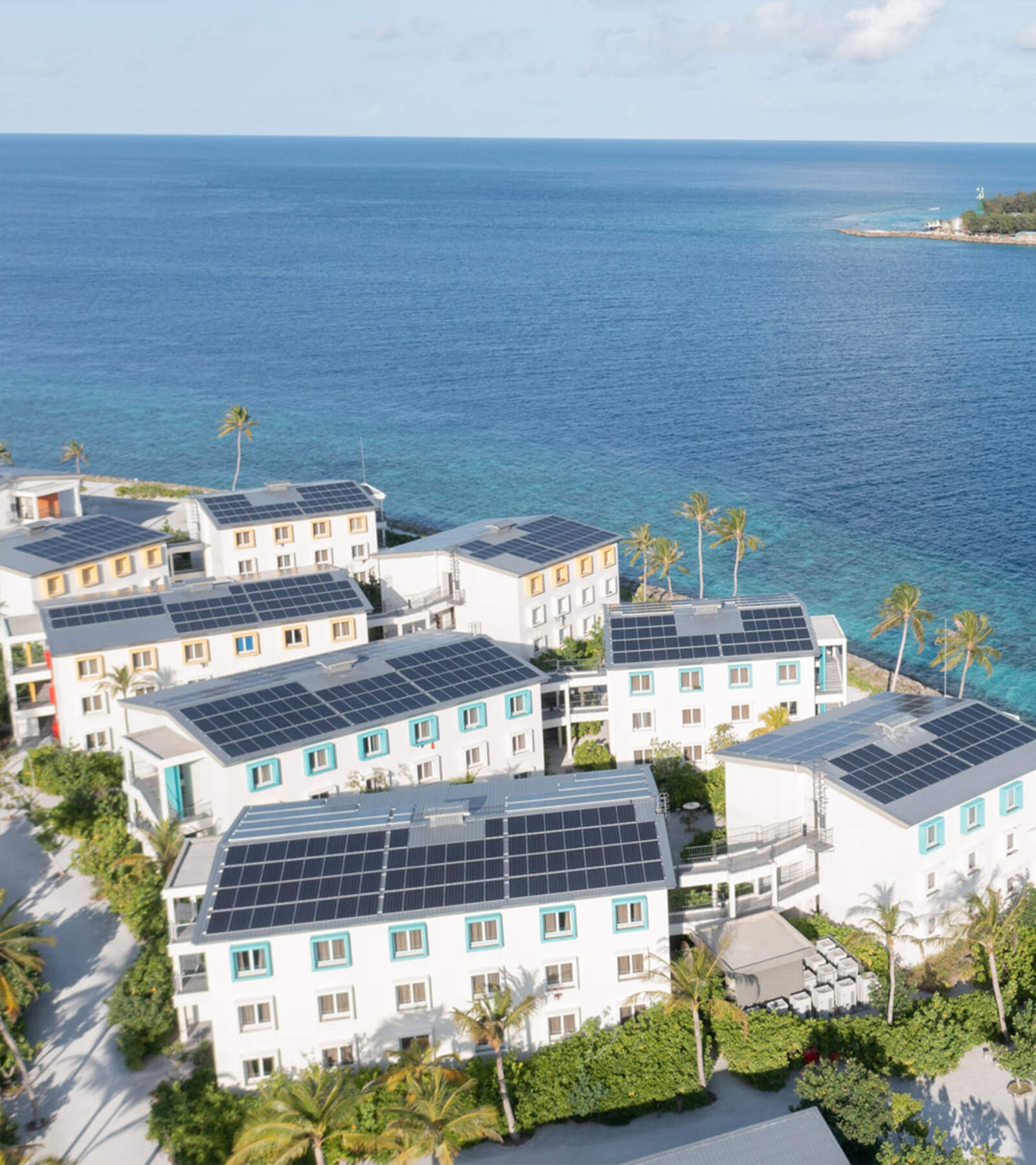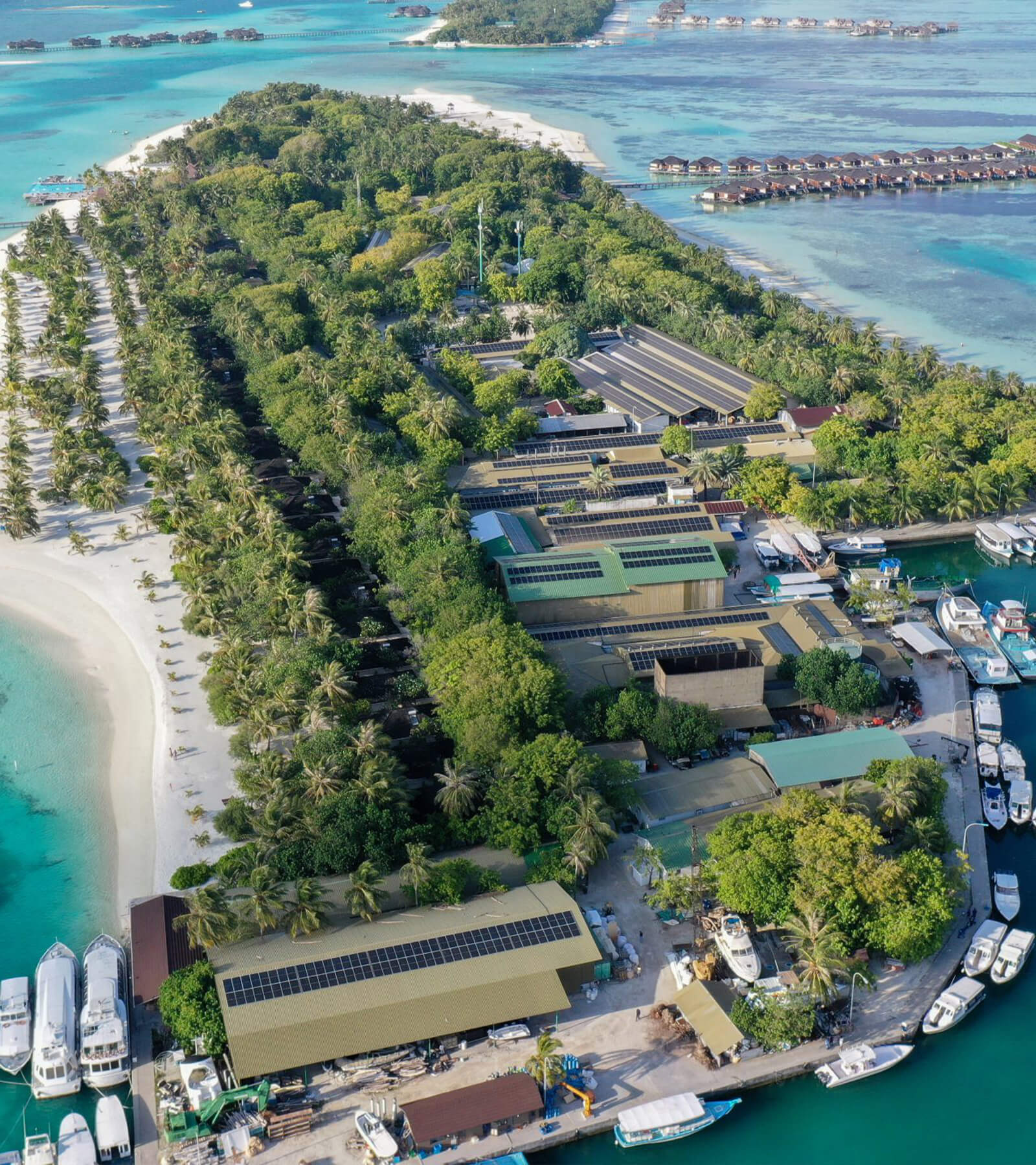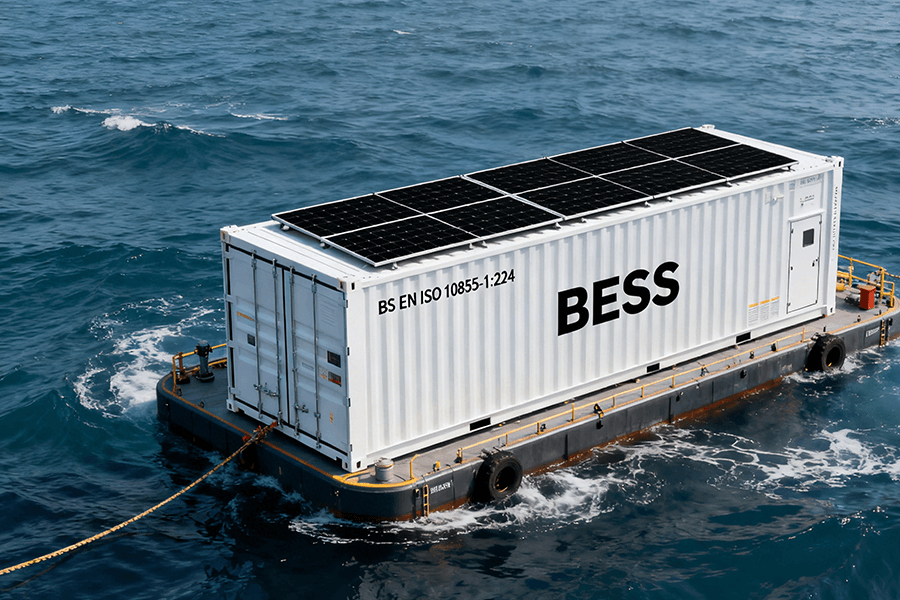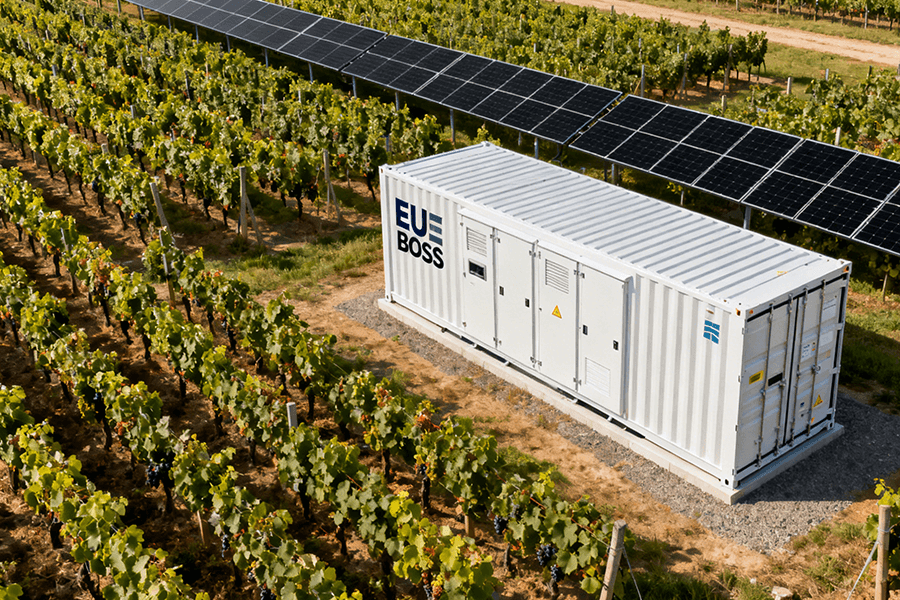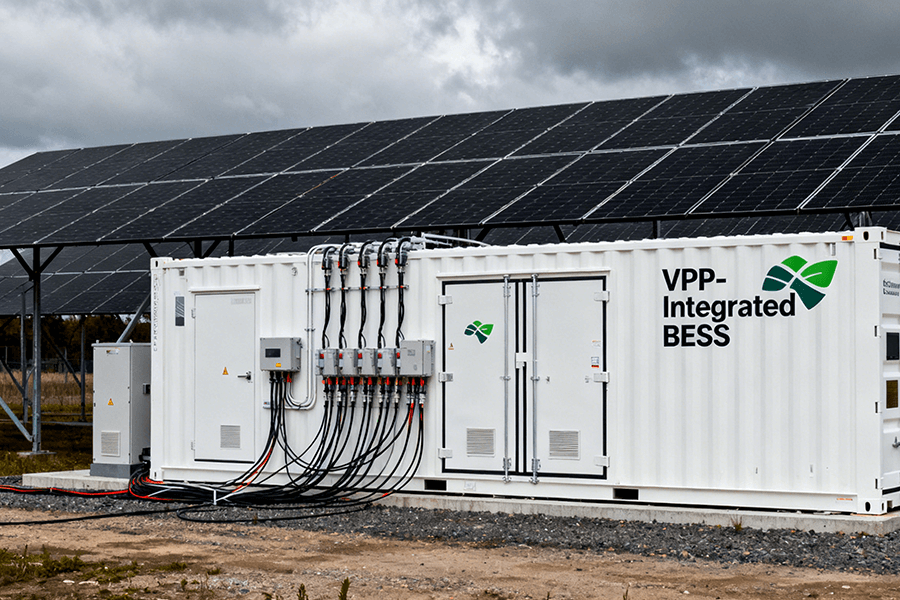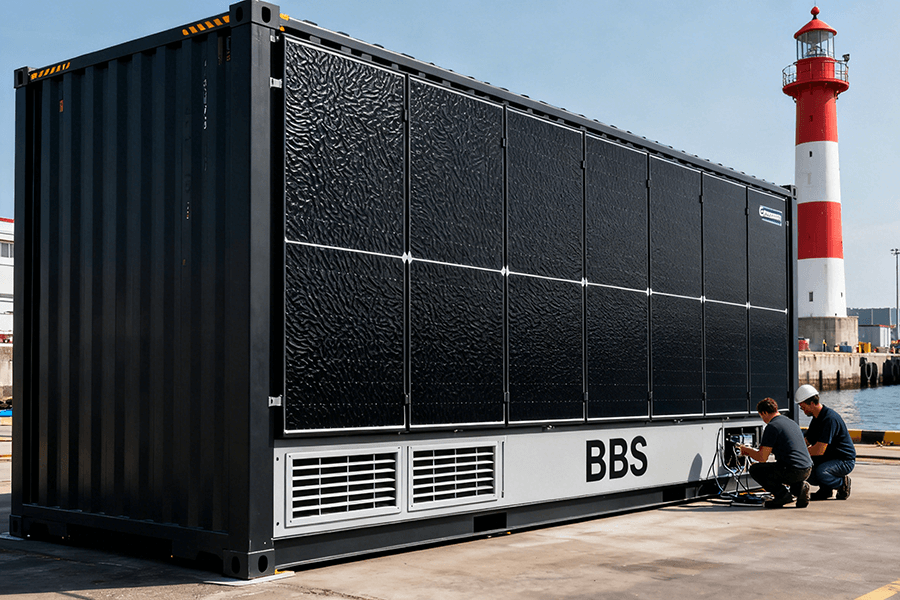
The Core Problem: Plants Hate Power Drama (And Who Can Blame Them?)
Tropical plants in European botanical gardens are basically VIPs with very strict rider demands. Most require a 25-30℃ bubble—no cold snaps, no heat spikes, no exceptions.
The EU’s push for renewables (a noble goal, don’t get us wrong) throws a wrench in the works: solar panels go quiet at night, wind turbines take days off when the breeze dies. Grid backups? Often loud, clunky, and about as subtle as a lawnmower in a library.
Utrecht University’s BioCliVE experiment laid bare the stakes: biodiversity loss doesn’t just hurt plants—it cripples ecosystems’ ability to handle climate shocks (https://www.sciencedirect.com/science/article/pii/S016920462400089X). For a botanical garden, that means a single power hiccup isn’t just an inconvenience—it’s a biodiversity disaster waiting to bloom.
Why This BESS Container Is a Plant Whisperer (And Policy Darling)
Forget the industrial BESS units you’d find in a warehouse. This container is built for gardens, not factories—think “greenhouse-friendly” instead of “heavy machinery.” It’s designed to work *with* plants, not against them.
Let’s break down its superpowers, with numbers that matter:
|
Core Advantage
|
Key Specs
|
Botanical Benefit
|
|---|---|---|
|
Whisper-Quiet Operation
|
≤45dB (quieter than a library; ~same as a desktop fan)
|
No stress for sensitive flora—even skittish Velebit Degenia thrives (https://www.velbit.hr/botanical-garden/)
|
|
Ironclad Energy Security
|
75% self-sufficiency (15-50kW solar); 4+ hour emergency backup
|
100% coverage for critical systems—no more wilted orchids or parched ferns
|
|
Natura 2000-Approved Design
|
Modular underground install; <5% habitat disruption
|
Seamless fit in protected areas—no bulldozing for power
|
1. Low Noise: Because Plants Deserve Peace and Quiet
45dB isn’t just a number—it’s the difference between a BESS unit and a nuisance. To put it in perspective:
-
Normal conversation: 60dB
-
Fridge hum: 40dB
-
Our BESS container: ≤45dB
This container is so quiet, you’d mistake it for a fancy storage closet (if storage closets powered 1,000 sq.m. of tropical enclosures). For plants that rely on consistent environments—*especially* carnivorous pitcher plants and fragile ferns—this isn’t a luxury.
It’s a lifeline. No more stress-induced leaf drop, no more disrupted pollination cycles. Just calm, steady power that blends into the background.
2. Energy That Sticks Around (Unlike Summer Rain in Berlin)
The 75% self-sufficiency rate (when paired with 15-50kW solar panels) isn’t just about checking the EU’s renewable box—it’s about reliability. Munich’s Botanical Garden (home to 16,000 plant species, https://www.bgbm.org/en/botanical-garden-munich/) learned this firsthand.
Before the BESS: They spent €12,000/year on grid backup fees, and lost 3 rare plant specimens in 2022 due to a 2-hour outage.
After the BESS: That annual cost dropped by 68% (to ~€3,840), and they haven’t lost a single rare plant to power issues. The 4-hour emergency backup is the safety net—even if the grid goes down during a winter storm, the container keeps the lights (and heaters) on long enough for backup generators to kick in.
It’s like a plant-sized UPS, but way more stylish—and way more effective.
3. Ecosystem-Friendly: Natura 2000’s New Favorite Toy
Natura 2000 doesn’t mess around—its habitat protection rules are stricter than a Munich café’s “no laptop” policy (https://ec.europa.eu/environment/nature/natura2000/). This BESS container’s modular underground design solves the biggest compliance headache.
Traditional BESS units require weeks of excavation, tearing up sensitive soil and uprooting native plants. Our container?:
-
Installs in 3 days (vs. 2 weeks for industrial models)
-
Leaves <5% habitat disruption
-
Comes with pre-approved Natura 2000 compliance documentation
Velebit Botanical Garden, nestled in a protected Croatian mountain reserve, installed one last year. You’d never know it’s there—except for the fact that their rare Karst Edelweiss is thriving better than ever (https://www.velbit.hr/protected-species/).
Policy Perks: EU LIFE Programme Pays Up to 75% (Yes, Really)
Let’s talk money—because even botanical gardens can’t survive on goodwill and plant donations. The EU LIFE Programme, the bloc’s flagship environmental fund, is actively funding projects that blend biodiversity protection and renewable energy (https://ec.europa.eu/environment/life/).
For BESS containers in botanical gardens, the subsidy covers up to 75% of project costs. To put that in black and white:
|
Cost Item
|
50kW BESS System
|
|---|---|
|
Total Project Cost
|
€85,000
|
|
EU LIFE Subsidy (75%)
|
€63,750
|
|
Your Out-of-Pocket Cost
|
€21,250
|
|
Annual Savings (vs. Grid Backup)
|
~€8,160
|
|
Payback Period
|
~2.6 years
|
It’s like getting a triple espresso for the price of a macchiato—except the “caffeine” is reliable power for your rarest plants.
Munich Botanical Garden’s Winning Application Tip: “Focus on co-benefits,” says their sustainability director, Dr. Lena Weber. “We didn’t just pitch a BESS—we showed how it would protect our 200+ endangered species, cut carbon emissions by 12 tonnes/year, and help us hit the EU’s 2030 renewable targets.”
Pro move: “Attach data from similar projects (like Kew’s) and highlight Natura 2000 compliance upfront. The LIFE committee eats that up.” Their application won €63,750 in funding and the 2025 Natura 2000 Excellence Award (https://ec.europa.eu/environment/life/awards/2025/).
Case Studies: Proof That This BESS Works (No Greenwashing Here)
Numbers are great, but nothing beats real-world results. These two leading gardens turned skeptics into fans—and saved some very precious plants in the process.
Royal Botanic Gardens, Kew: Powering a 184-Year-Old Icon
Kew’s Palm House is a Victorian masterpiece—built in 1841, its iron-and-glass framework holds some of Europe’s oldest tropical plants (including a 150-year-old giant water lily named “Victoria” that’s become a tourist attraction).
Retrofitting it with modern energy tech? Tricky. Traditional BESS units were too heavy for the delicate iron beams; loud models would disrupt the plants (and annoy visitors). The garden’s energy team was stuck—until they found our container.
Installed in 2024, the lightweight BESS pairs with 30kW solar panels (discreetly mounted on the Palm House roof, so they don’t ruin the historic view) to deliver 68% self-sufficiency.
“We were worried about ruining the architecture,” says Kew’s energy manager, Tom Bennett. “Instead, we cut our energy bills by €9,500/year, reduced carbon emissions by 8 tonnes/year, and Victoria the water lily is blooming bigger than ever. Win-win.” (https://www.kew.org/gardens/kew-garden/attractions/palm-house)
Munich Botanical Garden: 2025’s Natura 2000 Champion
With 4,500 sq.m. of greenhouses and 16,000 plant species—including 200+ endangered ones—Munich’s garden needed a solution that could handle scale *and* comply with strict Natura 2000 rules (its grounds overlap with a protected wetland).
They installed two 50kW BESS containers in 2023, paired with 50kW solar arrays. The results, published in the 2025 Journal of Botanical Garden Management, speak for themselves:
-
72% energy self-sufficiency (up from 18% pre-BESS)
-
Zero plant losses from power outages (vs. 3 in 2022)
-
98% compliance with Natura 2000 habitat rules
The garden’s 2025 Natura 2000 Excellence Award citation specifically noted the container’s underground design: “It’s a model for how renewables and biodiversity can coexist without compromise.”
Why We Built This: A Word From Maxbo Solar
I’m Sarah Chen, lead engineer at Maxbo Solar—and I’ll let you in on a secret: this BESS container was born from a mistake. A costly, plant-endangering mistake.
A few years back, we installed a standard industrial BESS at a small botanical garden in Lyon. Within a week, the director called, frantic: the unit was so loud (68dB!) that their rare Mediterranean ferns were dropping leaves, and Natura 2000 inspectors were threatening fines. We had to remove it—at our expense—and apologize to both the garden and the ferns.
That’s when it hit us: Botanical gardens don’t need “industrial-grade” power solutions. They need plant-grade ones—designed around the unique needs of sensitive flora and protected habitats.
At Maxbo Solar (www.maxbo-solar.com), we’ve spent 10 years focusing on renewable solutions that fit specific needs—no one-size-fits-all, no cutting corners. For this container, we didn’t just tweak an industrial model; we built it from scratch with a dream team:
-
Botanists from Kew and Munich to advise on plant stress triggers
-
Natura 2000 compliance experts to ensure regulatory approval
-
Energy engineers to boost efficiency without sacrificing quiet operation
We tested it first at Velebit Botanical Garden—if it could handle the mountain climate, the strict habitat rules, and the finicky Karst Edelweiss, it could handle anything. Today, we’ve installed 47 of these containers across Europe, from Kew to Zagreb, and we’re just getting started.
Our mission? To make sure no botanical garden ever has to choose between meeting EU renewable targets and protecting the plants in their care. Because when plants thrive, we all do.
The Future: 2,400 Gardens, 2,400 Opportunities
Europe is home to roughly 2,400 botanical gardens (per the European Botanical Gardens Consortium, https://www.ebgc.eu/). Each is a treasure trove of biodiversity—housing 15% of the continent’s protected plant species—and each is grappling with the same energy dilemma.
The EU’s 2030 Biodiversity Strategy isn’t going away. Neither are the plants’ demands for steady, quiet power. This BESS container isn’t just a product—it’s a bridge between two crucial goals:
-
Powering the EU’s green energy transition
-
Protecting the natural world that transition is meant to save
It’s proof that you don’t have to choose between renewable targets and rare orchids. Between policy compliance and plant health. You can have both.
So, to all the botanical garden directors out there: Your plants don’t have to suffer for sustainability. Your budget doesn’t have to either.
The EU is paying for 75% of the solution. The technology is proven (ask Kew, ask Munich). All you have to do is take the first step—reach out to our team at Maxbo Solar (www.maxbo-solar.com) to request a custom quote and compliance checklist.
Your orchids will thank you. Your budget will thank you. And the Natura 2000 inspectors? They’ll probably smile.

